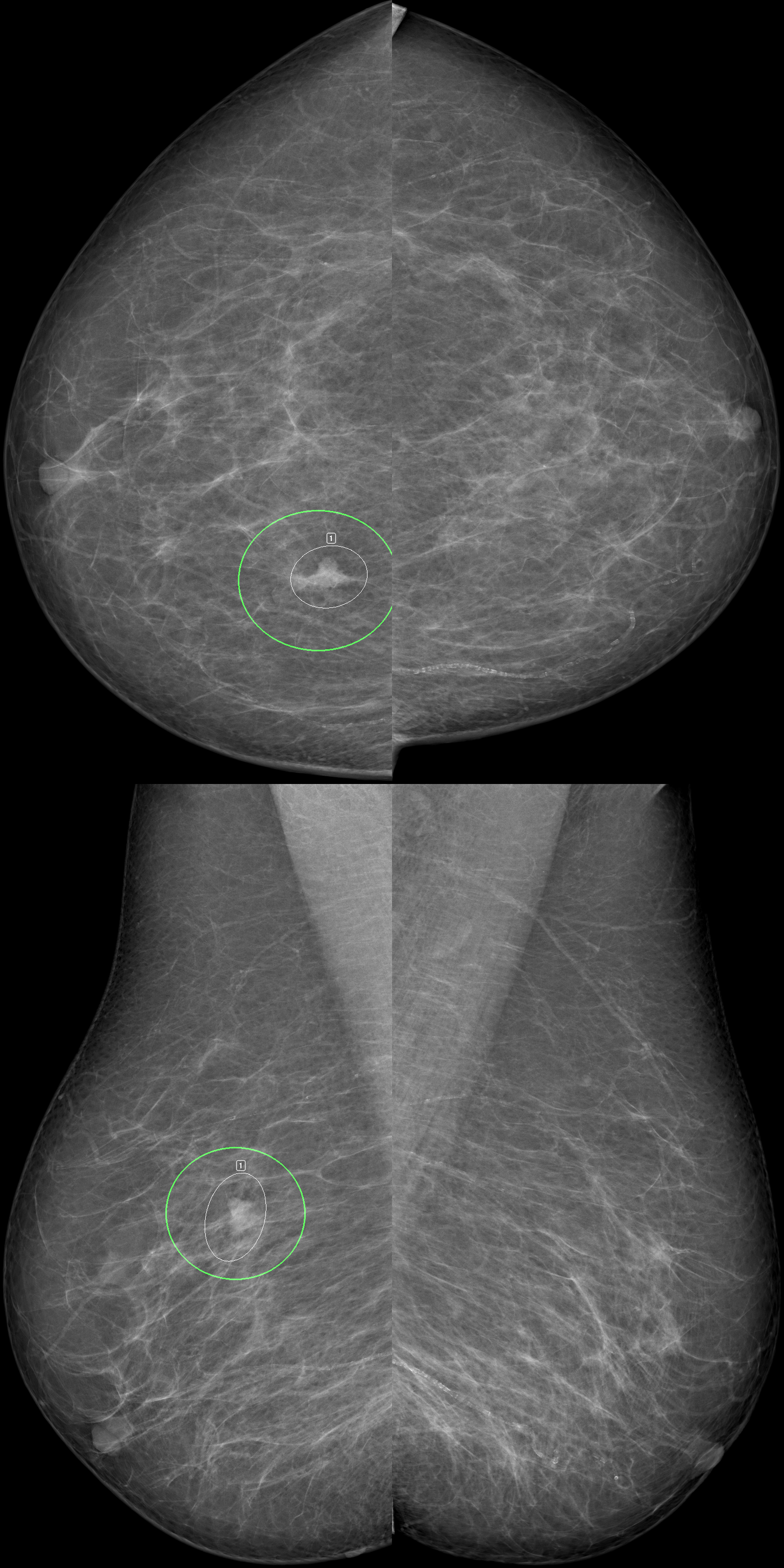Posted 8 October 2024

A study investigating the use of artificial intelligence (AI) to read mammograms has found that AI can help improve breast screening outcomes.
The BRAIx project has demonstrated that when used independently, AI produced strong results but didn’t outperform the standard of care delivered through the multi-human reader system that is currently used in Australia.
Detailed simulations of five AI-integrated pathways were conducted as part of the research which highlighted AI as an effective tool for supporting human readers to improve accuracy and efficiency.
In the current program, every mammogram is read independently by two breast radiologists, and a third if they disagree. This study demonstrated that using AI as the second reader offered a beneficial approach.
“AI is not ready for standalone performance but when used in conjunction with human readers it did help improve cancer detection and reduce unnecessary recalls,” said Associate Professor Helen Frazer, the Project Lead and Clinical Director of St Vincent’s Breastscreen, located at St Vincent’s Hospital Melbourne.
Recently published in Nature Communications, the BRAIx study uses Australian AI capability developed by a team of clinicians, data scientists and engineers, including Associate Professor Davis McCarthy and his team at SVI, with colleagues from St Vincent’s Hospital Melbourne, BreastScreen Victoria, the University of Melbourne and the Australian Institute for Machine Learning (AIML) at the University of Adelaide.
The algorithm was trained on a data set of 3.3 million breast screen images collected from women who attended the Breastscreen Victoria program between 2016-2019. It has been trained and tested using local data and as a result, offers the highest degree of transparency and trust for Australian use.
“Our ability to develop a state-of-the-art AI reader here in Australia not only highlights the skills and capabilities of our local researchers and institutions but also shows the value of investing in Australia’s capacity for leading AI applications in healthcare,” said Davis.
Read the full study here
Study highlights
- A key finding of the study showed a drop of up to 10.9 per cent in women being unnecessarily recalled for assessment depending on the AI integration.
- The study also demonstrated that the workload on breast radiologists tasked with reading mammograms was reduced by just under 50 per cent when supported by the AI reader.
- The use of AI replacing one of the readings holds benefits for current workforce shortages.
- The AI reader may be used to predict future risk of breast cancer. AI can potentially be a better indicator of future breast cancer risk than other known measures such as client questionnaires include family history, and breast density. It could allow tailoring the program with a more personalised approach.
- A randomised controlled trial is being planned to start later this year as the final critical step to ensure safe and beneficial use of AI in breast cancer screening.
- An estimated 200,000 Australian women are expected to take part in this Australia-first trial.
- Breast cancer is the leading cause of cancer death in women worldwide and close to one million women are screened annually through the national BreastScreen Australia program.